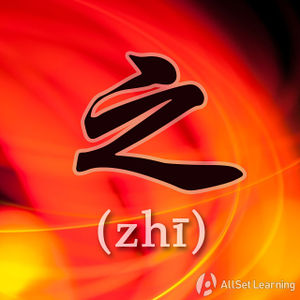Difference between revisions of "Expressing fractions with "fenzhi""
m (Text replace - "{{Grammar Box}}" to "{{Grammar Box}}{{#seo:keywords={{SEO Keywords}}}} ") |
m (Text replace - "{{#seo:keywords={{SEO Keywords}}}}" to " ") |
||
| Line 1: | Line 1: | ||
| − | {{Grammar Box | + | {{Grammar Box}} |
分之 (fēnzhī) can be used to form a fraction in Chinese. When expressing a fraction, the denominator is always said before the numerator: | 分之 (fēnzhī) can be used to form a fraction in Chinese. When expressing a fraction, the denominator is always said before the numerator: | ||
Revision as of 04:06, 25 November 2013
-
Level
-
Similar to
-
Used for
-
Keywords
分之 (fēnzhī) can be used to form a fraction in Chinese. When expressing a fraction, the denominator is always said before the numerator:
Structure
denominator + 分之 + numerator
So a 1/2 is read 二分之一, not 一分之二.
Examples
- 人 身体 中,水 占 三 分之 二。In the human body, about two-thirds is water.
- 印度 和 中国 的 人口 加 起来 是 全球 人口 的 三 分之 一。China's and India's population together add up to one third of the whole world's population.
- 掷 色子 时,有 六 分之 一 的 可能性 掷 到 三。When throwing dice, you have a one in six chance of rolling a three.
See Also
Sources and further reading
Books
- Chinese: An Essential Grammar, Second Edition (pp. 18) →buy
- New Practical Chinese Reader 3 (新实用汉语课本3) (pp. 152-3) →buy



